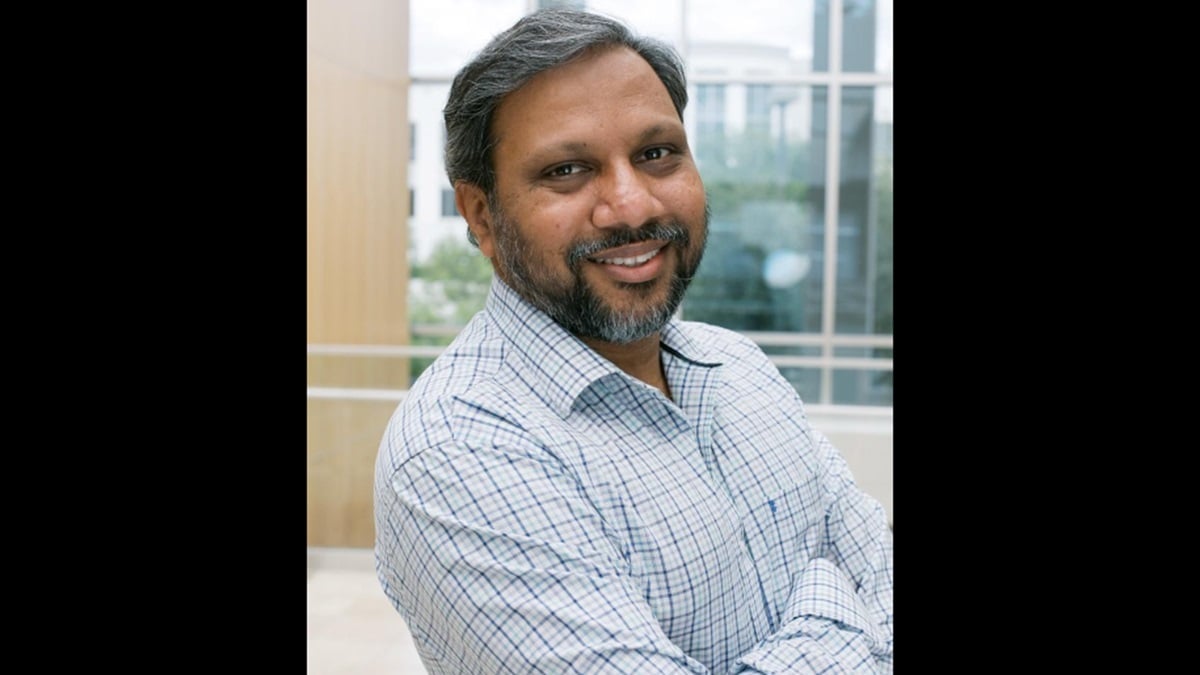Transforming Sports Surgery: The Engineering Vision Of Venudhar Rao Hajari | File Photo
Surgical technology took a remarkable step forward when Venudhar Rao Hajari introduced a groundbreaking device that changed how doctors approach sports-related operations. His innovative medical tool stands out for its unique ability to handle both bone and soft tissue procedures simultaneously, filling a critical gap in surgical capabilities.
Unlike traditional surgical tools, Hajari’s device introduced a dual-approach methodology, merging mech.cal techniques with advanced radio frequency technology. This combination gives surgeons exceptional control during complex procedures, particularly when treating athletes with compound injuries that affect multiple tissue layers.
Behind this innovation lay months of careful engineering and clinical consultation. Hajari spent countless hours in operating rooms, observing surgical procedures and gathering insights directly from medical teams. These observations shaped his technical decisions, leading to specifications that precisely matched real surgical needs rather than theoretical requirements.
The development process broke new ground in medical device testing. Rather than following conventional verification methods, Hajari created an original automated testing system that examined device performance across thousands of simulated surgical scenarios. This thorough approach uncovered potential issues that standard testing might have missed, ensuring exceptional reliability in clinical settings.
Safety verification took an equally innovative path. Hajari developed a distinctive risk assessment model that examined both obvious and subtle safety concerns. This comprehensive approach satisfied FDA requirements while establishing new benchmarks for medical device safety protocols. His method specifically addressed the challenges of working with multiple tissue types, ensuring consistent performance across different surgical applications.
Clinical trials revealed unexpected benefits of Hajari’s design. Surgeons reported shorter operation times and more precise tissue separation, particularly in complicated sports injury cases. The device proved especially valuable in arthroscopic procedures, where its dual-functionality eliminated the need to switch between multiple tools.
Post-launch monitoring brought additional insights. Hajari implemented a novel feedback system that tracked device performance across different surgical specialties. This data-driven approach enabled continuous refinement, with each update reflecting real surgical experiences rather than theoretical improvements.
The impact on sports medicine has been substantial. Surgical teams now approach complex tissue repairs with greater confidence, knowing they can seamlessly transition between different tissue types without compromising precision. Athletes benefit from more accurate procedures and potentially faster recovery times, thanks to the reduced tissue trauma during operations.
Looking ahead, Hajari’s innovation sets new precedents for medical device development. His emphasis on practical surgical needs over technical possibilities has influenced how other engineers approach medical tool design. The success of this approach suggests a shift in medical device development, where clinical requirements drive technical specifications rather than the reverse.
Beyond its immediate surgical applications, Hajari’s work exemplifies the value of engineer-surgeon collaboration in medical innovation. His willingness to immerse himself in the surgical environment while maintaining an engineer’s analytical perspective led to practical solutions for long-standing technical challenges in sports medicine.
The measurable improvements in surgical outcomes continue to validate Hajari’s approach. As sports medicine advances, his contributions serve as a foundation for future innovations, demonstrating how thoughtful engineering can enhance medical care in tangible, me.ngful ways.
About Venudhar Rao Hajari
Venudhar Rao Hajari is an experienced engineer with more than two decades of experience in developing software for verification, systems engineering, and development of medical devices. His contribution has proven crucial in advancing the field of sports medicine, particularly through the development of a surgical device that supports soft tissue and bone resection using advanced resection techniques. Venudhar is a current Staff Quality Assurance Engineer at a global medical technology company and has been involved in the entire lifecycle of any product that has come his way-from system requirement tuning and risk analysis to designing automation test architectures and system verification. His passion for innovation and patient care continues to drive positive change in the medical device industry.

